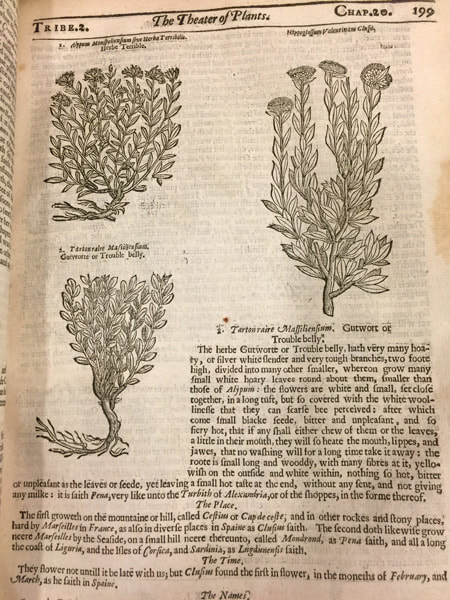Joanna Sikorska, National Museum in Warsaw
Herbals played an important role among the illustrated books printed in the Kingdom of Poland in the sixteenth and seventeenth centuries. Such a conclusion springs not only from the scale and variety of their illustrations, but also from the expectations concerning their cognitive aspects. Polish herbals executed in the sixteenth century reveal to us the particular dichotomy – on the one hand, the texts of editorial dedications and prefaces reflect publishers’ awareness of the achievements of ‘foreign’ centres of printing (Basel, Strasburg, Prague) and the challenges related to richly illustrated works, but on the other hand, the illustrations of these publications slowly gain a ‘scientific status’. Publishers indicated financial reasons and problems with finding a suitable woodblock cutters as the only explanations of this pictorial incoherence. However, visual models and inspirations used in their publications suggest that the selection criteria were often more ludic (playing cards), conventional or strictly artistic (e.g. prints by Hans Baldung Grien) then cognitive or scientific. This give us insight into the changing expectations regarding functions of book illustrations (seen in wider European context). It indicates also how illustrations made a book ‘attractive’ for a growing circle of recipients in Cracow, internationally recognised centre of culture and scholarship.
Joanna Sikorska is an art historian, graduate of the Instytut Historii Sztuki at the University of Warsaw, curator of the Cabinet of Prints and Drawings of the National Museum in Warsaw, and since 1999 a lecturer at the Institute of Art History of the University of Warsaw. In 2007, she defended her doctoral thesis, written under the supervision of prof. Piotr Skubiszewski, devoted to the genesis and typology of ciborium reliquaries in Poland. Currently, her research interests focus on the graphics of the 15th and 16th centuries, its reception and relations with other fields of art. She is the author and co-author of exhibitions and articles on the history of graphic arts and collecting engravings.
